A mug is a type of cup typically used for drinking hot beverages, such as coffee, hot chocolate, soup, or tea.
Mugs usually have handles and hold a larger amount of fluid than other types of cup.
Usually a mug holds approximately 8-12 US fluid ounces (350 ml) of liquid; double a tea cup.
A mug is a less formal style of drink container and is not usually used in formal place settings, where a teacup or coffee cup is preferred. Shaving mugs are used to assist in wet shaving.
Ancient mugs were usually carved in wood or bone, or shaped of clay, while most modern ones are made of ceramic materials such as bone china, earthenware, porcelain, or stoneware.
Some are made from strengthened glass, such as Pyrex.
Other materials, including enameled metal, plastic, or steel are preferred, when reduced weight or resistance to breakage is at a premium, such as for camping.
A travel mug is insulated and has a cover with a small sipping opening to prevent spills.
Techniques such as silk screen printing or decals are used to apply decorations such as logos or images, which are fired onto the mug to ensure permanence.
Much of the mug design aims at thermal insulation: the thick walls of a mug, as compared to the thinner walls of teacups, insulate the beverage to prevent it from cooling or warming quickly.
The mug bottom is often not flat, but either concave or has an extra rim, to reduce the thermal contact with the surface on which a mug is placed.
These features often leave a characteristic circular stain on the surface.
Finally, the handle of a mug keeps the hand away from the hot sides of a mug. The small cross section of the handle reduces heat flow between the liquid and the hand.
For the same reason of thermal insulation, mugs are usually made of materials with low thermal conductivity, such as earthenware, bone china, porcelain, or glass.

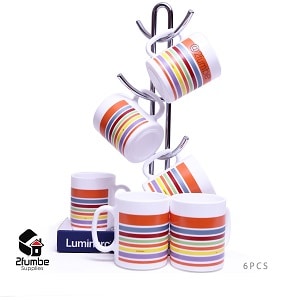
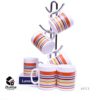
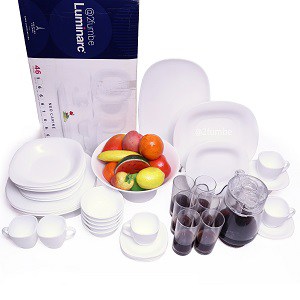
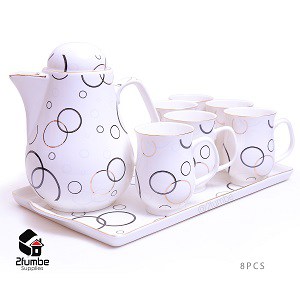

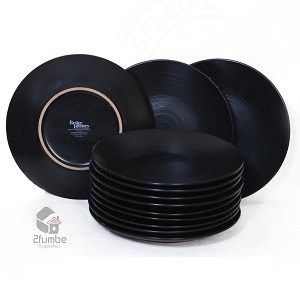
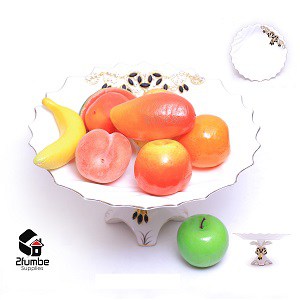
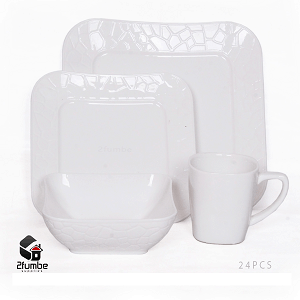
Reviews
There are no reviews yet.